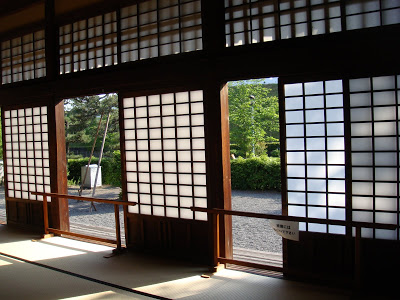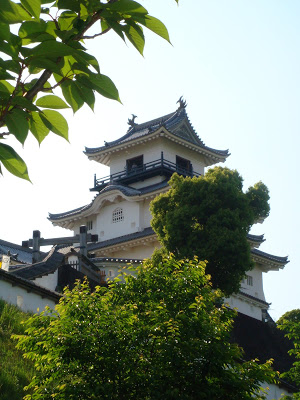 Five hundred years ago powerful Japanese lords (daimyo) vied for power and territory, throwing the nation into civil war and chaos. Samurai and ronin (masterless samurai) roamed the land with the authority to do whatever they could get away with. Yoshitada Imagawa, lord of Kakegawa—a city near Mt. Fuji in Shizuoka Prefecture—rose to power and first erected a castle on this spot.
Five hundred years ago powerful Japanese lords (daimyo) vied for power and territory, throwing the nation into civil war and chaos. Samurai and ronin (masterless samurai) roamed the land with the authority to do whatever they could get away with. Yoshitada Imagawa, lord of Kakegawa—a city near Mt. Fuji in Shizuoka Prefecture—rose to power and first erected a castle on this spot. 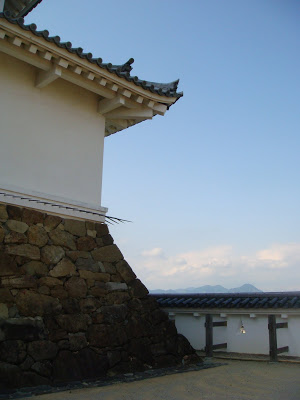 With time he became weak and lost control to a vassal of another clan, Katsutoyo Yamauchi, who renovated the crumbling castle and conducted some artful city planning. Then in 1603 another member of this guy’s clan, Ieyasu Tokugawa of the Toyotomi family, unified all Japan under his own rule and began the Edo Period. Kakegawa castle flourished over the next 251 years until smitten by a heaving earthquake in 1854. It collapsed 15 years later in 1869.
With time he became weak and lost control to a vassal of another clan, Katsutoyo Yamauchi, who renovated the crumbling castle and conducted some artful city planning. Then in 1603 another member of this guy’s clan, Ieyasu Tokugawa of the Toyotomi family, unified all Japan under his own rule and began the Edo Period. Kakegawa castle flourished over the next 251 years until smitten by a heaving earthquake in 1854. It collapsed 15 years later in 1869.
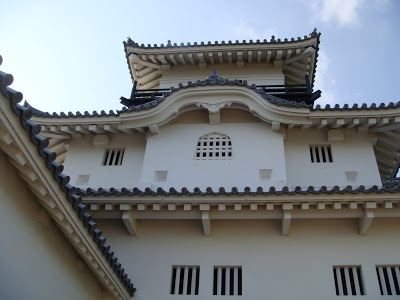
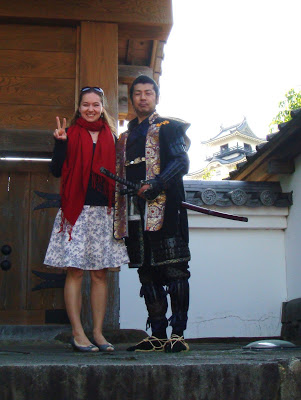 There are 63 of these drawings left across Japan, and this castle’s—drawn in the Golden Age (1644-1647)—was used in its rebuilding after the Second World War. Kakegawa is the only castle to be rebuilt entirely of wood, making it twice as expensive as concrete castles. But worth it because, “people like to feel the wood under their feet,” a castle guide told us, nodding earnestly.
There are 63 of these drawings left across Japan, and this castle’s—drawn in the Golden Age (1644-1647)—was used in its rebuilding after the Second World War. Kakegawa is the only castle to be rebuilt entirely of wood, making it twice as expensive as concrete castles. But worth it because, “people like to feel the wood under their feet,” a castle guide told us, nodding earnestly. 